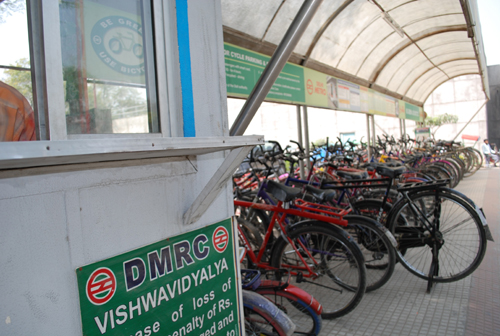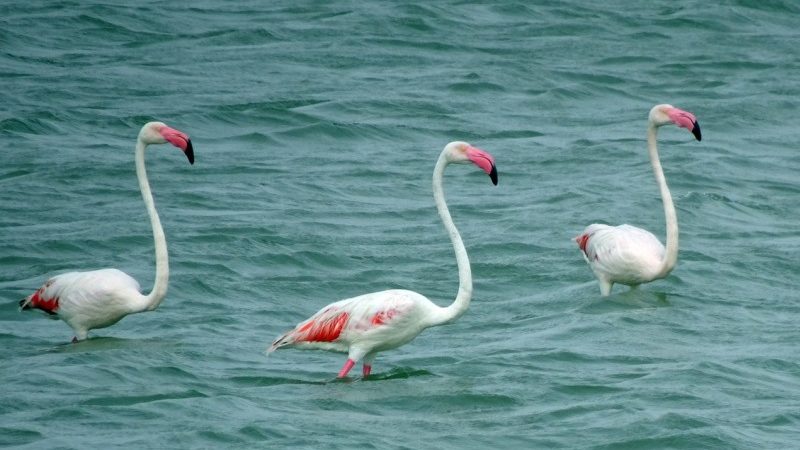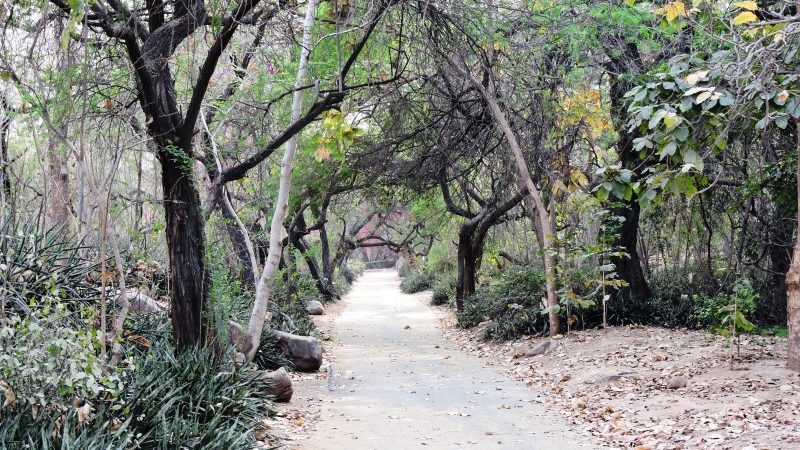Good Transport – What Does It Take?
Taking time out while living in a city, to actually read a blog is great. Getting responses from those of you who take the trouble to not only read the blog but take out time to respond to it is always very encouraging. I appreciate the time and attention you so generously give me. I agree we are all struggling to find what is it that we need to do, what action we should take to be more eco-friendly.

Creating a vision, an ideal transport plan to conform to present and future is the need of the hour. The idea of a larger vision for the future transport sector for a city is a distinct one and a very rational possibility for the city of Delhi. It is relatively easy to plan and implement and can be achieved if a bunch of planners and architects put their heads together. They could put a historical perspective of looking at how the city has evolved and then plan for how it is likely to develop and come up with a very logical plan for the transport sector. The broad brush strokes are easy to draw.
Then comes the real struggle between the city plan implementers like MCD officials, traffic police and every day people. Those who are supposed to use it never seem to conform to the logical expectation of the planners. They seem to do their own things, like jump over the road divider barrier which is otherwise raised to three feet height to stop them from crossing the road randomly. This becomes a continuous and ongoing battle.
This is one way of looking at it. Another way is to pay attention to the detail travel between ‘corridor to door step.’ The broad brush strokes have made it possible to have a metro rail service or new DTC buses as mass transport options and massive parking lots. Thanks to the Commonwealth Games we have it happening quickly. But the journey between the bus stop of the Metro station, to the door step of the commuters’ home is a challenge still. No point of having an efficient mass transport, if the time taken from the home to the station is the same as between one station to the other. It should be as little as possible, ideally less than half.
What is truly needed is to empower and enable people (daily commuters) in fulfilling this short trip that is of interest and importance to them. And in the process transform the city transport sector giving commuters more freedom and peace of mind in their daily commutes. Thus, the real challenge is in efficient planning and management of this last mile connectivity. And this ‘detail’ will have to be planned and worked out in consultation with those who actually use the system.




Planning, honesty and co-ordination among authorities